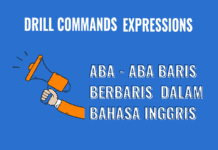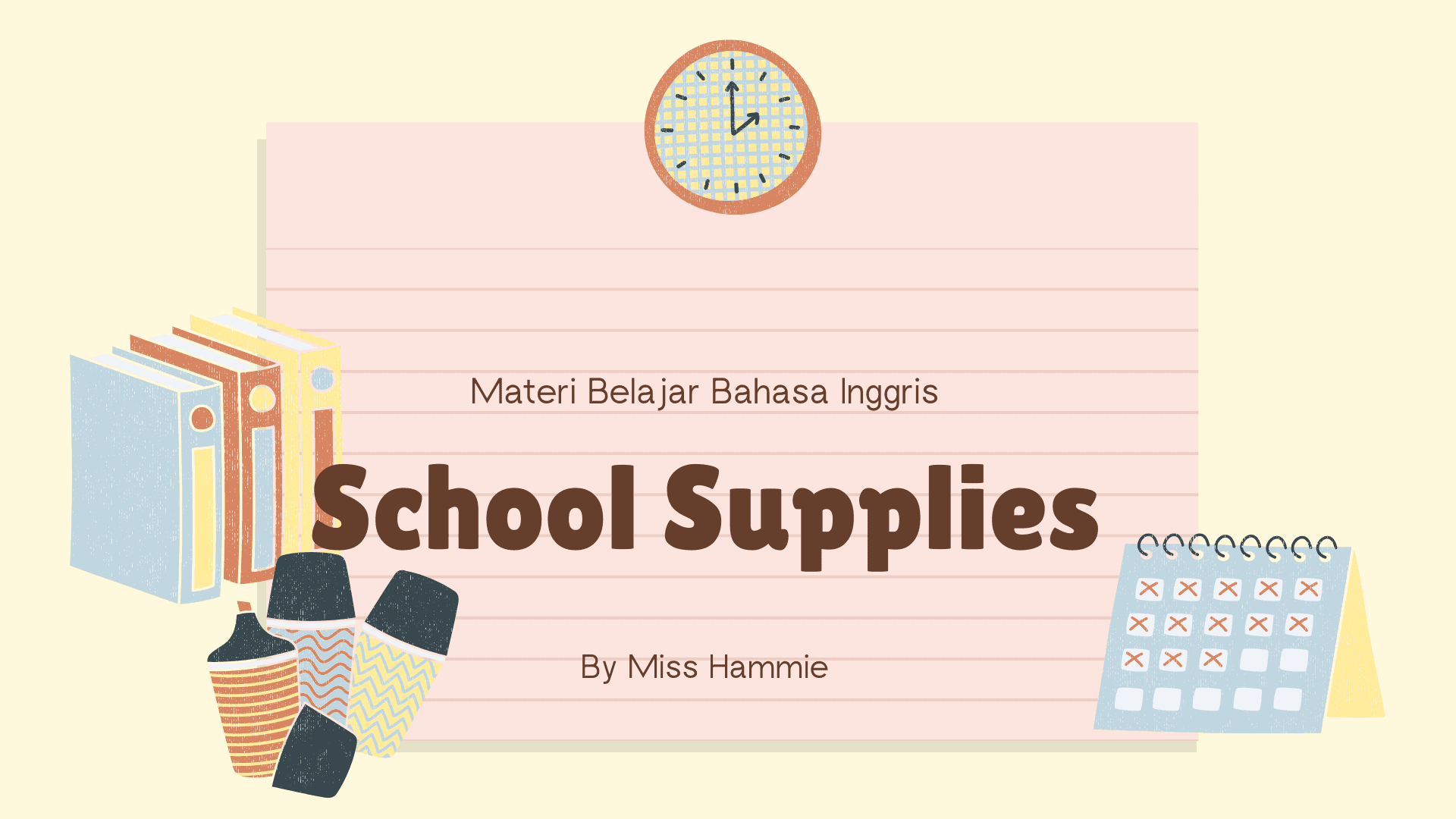Seperti yang penulis janjikan pada artikel sebelumnya bahwa mengenai materi Classroom English Language penulis akan menghadirkan tiga bagian. Bagian pertama sudah penulis tunaikan pada artikel sebelumnya di link berikut:
Ungkapan Bahasa Inggris untuk Pengajaran (Classroom English Language Part 1)
Selanjutnya, pada artikel kali ini akan membahas tentang ungkapan – ungkapan Bahasa Inggris untuk pengajaran (Classroom English Language Part 2).
Let’s get it!
During the Lesson (Pembelajaran Sedang Berlangsung)
Terdapat enam belas tahap ungkapan – ungkapan bahasa Inggris untuk pengajaran (Classroom English Language) pada waktu pembelajaran sedang berlangsung (whilst activity/ during the lesson). What are they? Let’s check them out!
1. Getting Started
- Open your books to page 29, please
- Open your books to Chapter 9
- Look at the figure (chart/ graph) on page 17
- Let’s consider the example from page 35
- First, read over the problem
- Let’s go over the homework questions
- Everyone take out your homework, please
2. Monitoring Readiness
- Is everyone ready?
- Are you with me?
- Are you ready to move on?
- Does everyone know where we are now?
3. Distractions/ Interruptions
- Pay attention, please
- Please be quiet when I’m talking. Thank You
- Don’t interrupt other people
- Let me (him/ her) finish talking, please
- Would you like to say something to the class?
- Andy, what is so interesting? Why are you talking ?
- Your phone should be turned off during class
- Put your phone away, please
- The next time your phone rings during class, I will ask you to leave
- That’s it. Take your phone out of the classroom, and don’t bring it back next week
- Please don’t bother your classmates
- Have you finished the assignment?
- Please let the other students concentrate on their work
4. Calling on Students
- Sinta, please share your answer with the class
- Randy, what do you have for number 9?
- Do you have an answer?
- How about number 7?
- Do you know the answer?
- Deila, how about number 3?
- Would anyone care to take a guess?
- Wath did you come up with?
- What do you think?
- Who had “The First Amandement” for number 21?
- Does anyone have a different answer?
- What do you think about this idea?
- Do you agree with him, Daniel?
- Which is the best answer?
- Who knows the answer to this?
- Who can give us the answer?
- Are there any other possible answers?
- Anything else?
5. Verifying (Memverifikasi)
- So, you’re saying that …. Is that right?
- Do you mean that …?
- Are you sure about that?
- I think you want to say …. Is that correct?
- Are you trying to say …?
- Hmm. I’m not sure where that came from
- Let me get this stright … OK?
6. Clarification (Klarifikasi)
- What did you say?
- Could you repeat that?
- One more time, please?
- Can you rephrase that?
- Let me see if I understand you. What you’re saying is …
- I think I understand, but let me put (explain) it a different (another) way
7. Encouraging Discussion
- Who would like to say something?
- Can you add anything to that?
- Could you say a little more on that?
- Can you explain that?
- Can you elaborate on that?
- Do you agree with Amanda?
- What do you think about?
- How do you feel about?
- How does that compare to?
- Can you summarize this for us?
- What is the main point of all this?
- Do you have any thoughts on that?
- Can you contribute anything to the discussion?
- Let’s throw some ideas around, and see what happens.
- Can you find any similarities between …?
- What are the important differences between …?
- Where does all this lead us?
- Does anyone have a different opinion
- I see what you’re saying. Go on
10. Disagreeing with Students
- I’m sorry, but I must disagree with you on the point
- I disagree
- I really don’t see it that way
- Perhaps I’m mistaken, but …
- I disagree for the following reasons
- I hate to disagree with you here, but …
- I respect your opinion, but …
- I wish I could agree with you, but …
- Correct me if I’m wrong, but didn’t you …?
- Yes, but…
- That’s a good point, but …
- That’s true, but …
11. Strong Disagreement/ Confronttational
- What?
- You’ve got to be kidding me
- Oh, come on!
- That’s just not true
- How can you say that?
- No way!
- Absolutely not
- Face the facts. You’re wrong
- You cannot believe that!
- How can you say that?
- That just doesn’t make sense
- I’m sorry, but I just can’t imagine how you think
12. Pair / Group Work
- Everyone, find a partner
- Get into pairs, please
- Work with the person beside you
- I want you to work on this with a partner
- Who is your partner?
- Do you need a help finding a partner?
- Dania will be your partner
13. Giving Instructions
- Open your books to page 45
- Come up and write it on the board
- Could you try the next one?
- I would like you to write this down
- Would you mind switching the lights on?
- It might be an idea to leave this till next time
- Who would like to read?
- Which topic will your group report on?
- Do you want to answer question 5?
14. Sequencing
- First of all, today …
- Right. Now, we will go on to the next exercise
- Have you finished?
- For the last thing today, let’s …
- Whose turn id it to read?
- Which question are you on?
- Next one, please
- Who hasn’t answered yet?
- Let me explain what I want you to do next
- The idea of this exercise is for you to …
- You have ten minutes to do this
- Your time is up
- Finish this by twenty to seven
- Can you all see the board?
- Have you found the place?
- Are you all ready?
15. Supervision
- Look this way
- Look here
- Look at the board
- Stop talking
- Listen to what … is saying
- Leave that alone now
- Be careful
- Pay attention
16. Summarizing and Concluding
- To summarize
- In summary
- What we have been talking about…
- Okay, we have discussed…
- So far (up until now), I have been trying to show you…
- To conclude
- In conclusion
- Let’s put together everything we have talked about thus far
- The important point to remember are…
- The conclusion we can draw from this are …
- How would you summarize the theory?
- Let’s review what we’ve looked at today …



